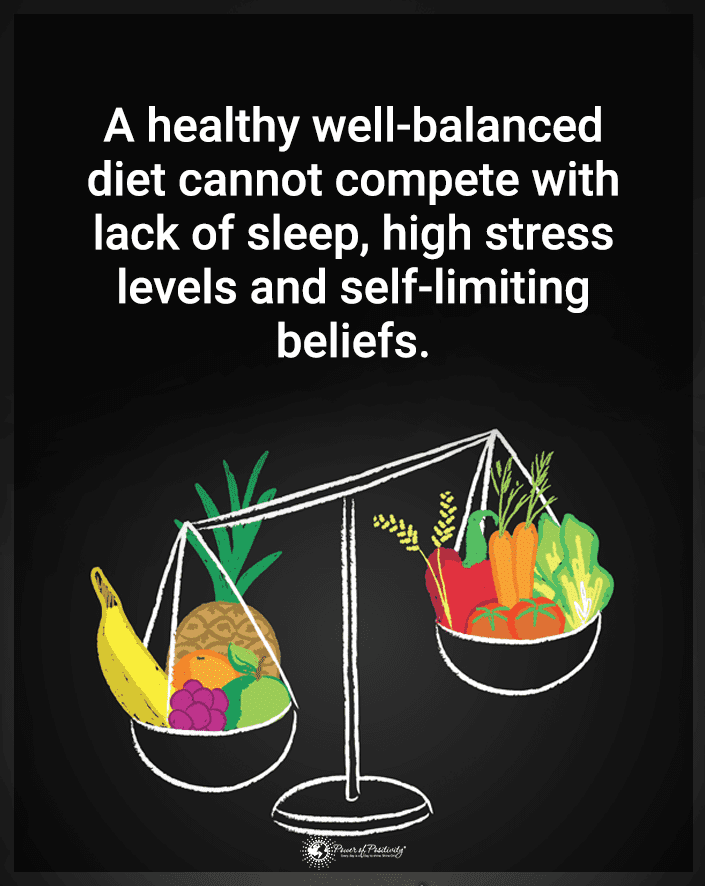The American Cancer Society warns of skyrocketing colon cancer in younger people.
The landscape of colorectal cancer, a prevalent and deadly disease, is evolving. It is now becoming more widespread in young adults. The American Cancer Society’s latest report on colorectal cancer facts and figures for 2023 provides a comprehensive view of the current state of the disease, its impact, and the ongoing efforts to combat it. Colorectal cancer includes rectal and colon cancer. It is the third most common cancer diagnosed in both men and women in the United States. In 2023, the American Cancer Society estimates that Americans will see 151,030 new cases of colorectal cancer. We will also mourn approximately 52,580 deaths. The disease is most frequently diagnosed among individuals aged 65 to 74 years.
The report also highlights the significant racial and ethnic disparities in colorectal cancer incidence and mortality. African Americans have the highest colorectal cancer incidence and mortality rates among all racial/ethnic groups in the U.S. The reasons for these disparities are multifactorial. They include differences in access to and utilization of high-quality cancer prevention, early detection, and treatment services.
The good news is that the overall colorectal cancer incidence rates have been decreasing in the United States since the mid-1980s, with the most substantial declines in the most recent decade driven by changes in risk factors and increased screening. However, the incidence rates in adults younger than fifty have been increasing since the mid-1990s, a concerning trend that warrants further investigation.
Survival rates for colorectal cancer vary widely by stage at diagnosis. The 5-year relative survival rate is 90% for the localized stage, 71% for the regional stage, and 14% for the distant stage. These figures underscore the importance of early detection and intervention.
How Lifestyle Factors Connect to Rising Colorectal Cancer Rates

The report underscores the significant influence of lifestyle factors on colorectal cancer risk, a crucial aspect often overlooked in the broader discussion of the disease. The daily lifestyle choices, from what we eat to how much we move, can significantly impact our risk of developing it.
Obesity is a major risk factor for colorectal cancer. Excess body weight can lead to chronic inflammation and hormonal imbalances, promoting cancer growth. Similarly, physical inactivity can contribute to weight gain and the associated risks. On the other hand, regular physical activity can help maintain a healthy weight and reduce the risk of colorectal cancer.
One’s diet also plays a pivotal role in risk factors. A diet high in red and processed meats has been linked to an increased disease risk. These foods often contain high levels of saturated fat and carcinogens, which can damage the cells lining the colon and rectum. Conversely, a diet rich in fruits, vegetables, and whole grains provides essential nutrients and fiber. This nutritious diet can protect against colorectal cancer. Furthermore, these foods contain antioxidants, helping prevent damage to the body’s cells, and fiber, which aids digestion and helps prevent constipation and the build-up of harmful substances in the colon.
Smoking and heavy alcohol use are other lifestyle factors that can increase colorectal cancer risk. Both habits can damage cells’ DNA, resulting in cancerous changes. Thus, quitting smoking, using nicotine, and moderating alcohol consumption can significantly reduce the risk of colorectal cancer.
The report concludes with a call to action to reduce the burden of colorectal cancer through increased investment in research, improved access to high-quality care, and the implementation of evidence-based interventions to increase screening rates. They also advocate for consumer education and healthy behaviors.
Colonoscopy: The Test That Can Detect Colon Cancer Early and Save Lives
The American Cancer Society report recommends regular colorectal cancer screening starting at age 45. That’s the guidance for people at average risk based on a comprehensive review of the available scientific evidence. This recommendation aims to catch any issues early–when they are the most treatable. Early detection may also prevent it altogether by removing precancerous polyps.
What’s considered “average risk” for colorectal cancer?
“Average risk” individuals are those who do not have a personal history of the following circumstances:
- Prior rectal or colon cancer or certain types of polypss
- A family history of colon or rectal cancerss
- A personal history of inflammatory bowel disease (ulcerative colitis or Crohn’s disease)s
- Confirmed or suspected hereditary colorectal cancer syndromes
- Any prior history of getting radiation to the abdomen or pelvic area to treat any prior cancer.
Screening methods can include stool-based tests, such as the fecal immunochemical test (FIT) or the guaiac-based fecal occult blood test (gFOBT). They can also encompass visual exams, such as colonoscopy or CT colonography (virtual colonoscopy). The choice of test depends on availability, patient preference, and the patient’s overall health status.
However, individuals with a family history of colorectal cancer or specific genetic syndromes have a higher risk than the general population. Thus, they may need to start screening at a younger age and receive screenings more frequently. For example, suppose you have a first-degree relative (parent, sibling, or child) who was diagnosed with colorectal cancer or advanced adenoma before age sixty or two first-degree relatives diagnosed at any age. In that case, it is recommended to start screening earlier – often ten years before the youngest case in the immediate family.
Specific genetic syndromes, such as Lynch syndrome (hereditary nonpolyposis colorectal cancer or HNPCC) or familial adenomatous polyposis (FAP), significantly increase the risk of colorectal cancer. Individuals with these syndromes may need to begin screening in their teens or early twenties and require more intensive screening methods, such as annual colonoscopies.
It’s important to note that these are general guidelines. A healthcare professional and patient should make individual screening decisions after an examination. A doctor will weigh a person’s overall health, personal risk factors, and preferences. Regular screening, early detection, and timely treatment remain the most effective strategies for reducing the impact of colorectal cancer.

Final Thoughts: Lifestyle Changes and Early Detection of Colorectal Cancer Can Help Reverse This Trend
Colon cancer, which many once believed related only to middle-aged or older adults, is rising among young people. But the battle against colorectal cancer is far from over. But with continued efforts in research, prevention, early detection, and treatment, we can hope for a future with fewer cases. And we will continue to see more survivors.




















